Our Approach
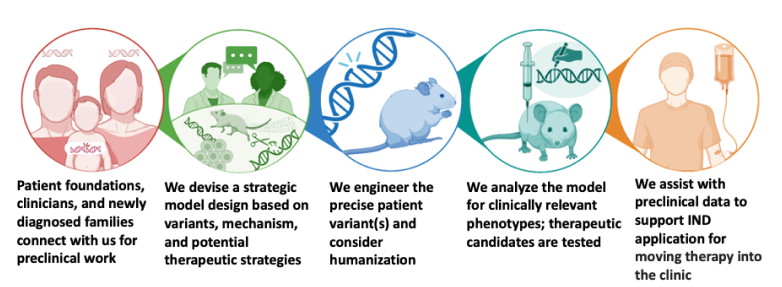
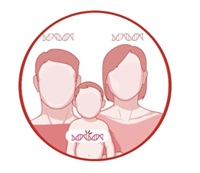
Connect with patients
The Rare Disease Translational Center works to understand the patient, the disease, and future therapeutic strategies. We work directly with foundations & their scientific partners to ascertain the community’s needs and identify patient pathogenic variants to assess in mouse models.
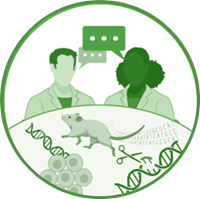
Anticipate Genetic Therapy
We engineer strategic models informed by variants, mechanisms, and potential therapeutic strategies. Several disease-modifying approaches, such as antisense oligonucleotide (ASO) therapies and gene therapy, have successfully advanced into clinical application. We understand that various treatments necessitate different genetic designs in our mouse models. Our team is here to help design these models based on the future therapeutic approach, and we're eager to lend our experience, knowledge, and resources towards better model design.
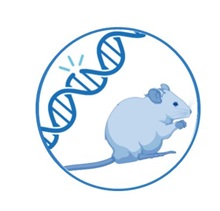
Engineer Precision Models
Leveraging our extensive array of genome engineering technologies, we have the capability to produce a diverse range of precisely targeted mutagenesis models, encompassing humanized knock-ins, transgenic, and conditional models. The mission of The Jackson Laboratory is to make these models available for public distribution in the absence of restrictive agreements as soon as practicable, once standardized validation studies have been completed.
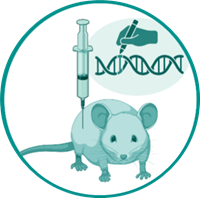
Characterize & Test Therapeutic Approaches
Much like a specialized mouse hospital, we possess a comprehensive suite of phenotyping capabilities, enabling us to validate and characterize mouse models for clinically relevant phenotypes. Collaborating closely with patients, families, and clinicians, we craft phenotyping pipelines with a focus on outcomes that translate directly to clinical practice. These measures serve as critical indicators of efficacy in our preclinical models.
Knowing that time is precious for rare disease families, our scaled preclinical services re-define the testing process. Rather than evaluating therapies one by one, we employ a parallel approach, accelerating the journey to advancements in treatment.
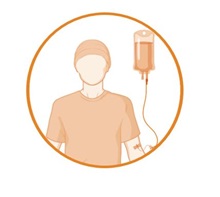
Support Moving Therapies to the Clinic
Generating precise models and conducting proof-of-concept preclinical work provides rare disease groups with essential tools to sustain research and promote drug development in their specific disease areas. This preclinical data, derived from disease models, serves as pivotal support for investigational new drug applications. It helps demonstrate the appropriate route of administration, dosing, & tolerability, laying a robust foundation for the advancement of potential treatments.